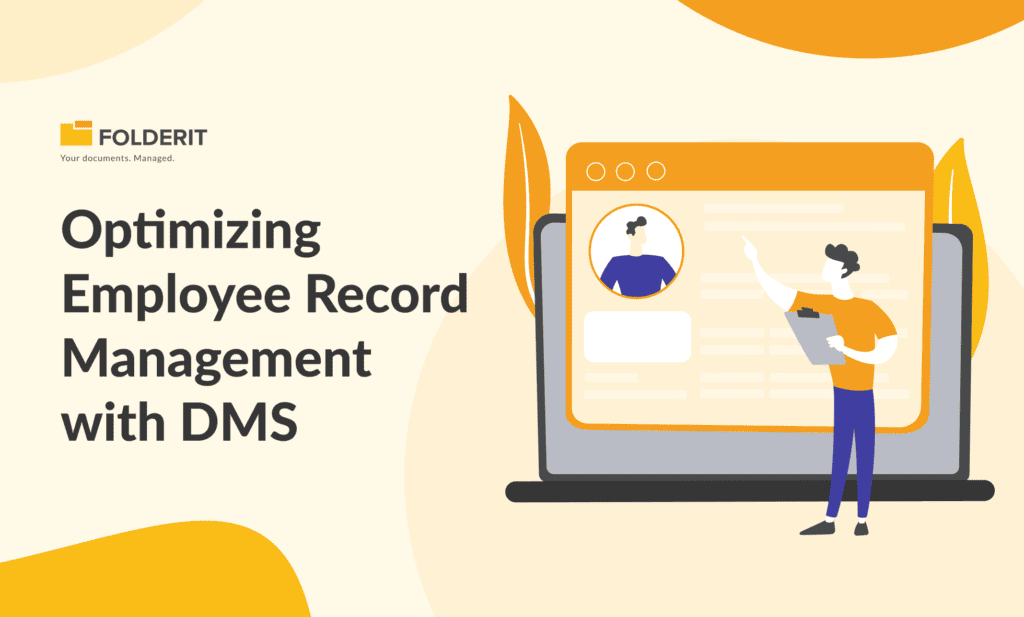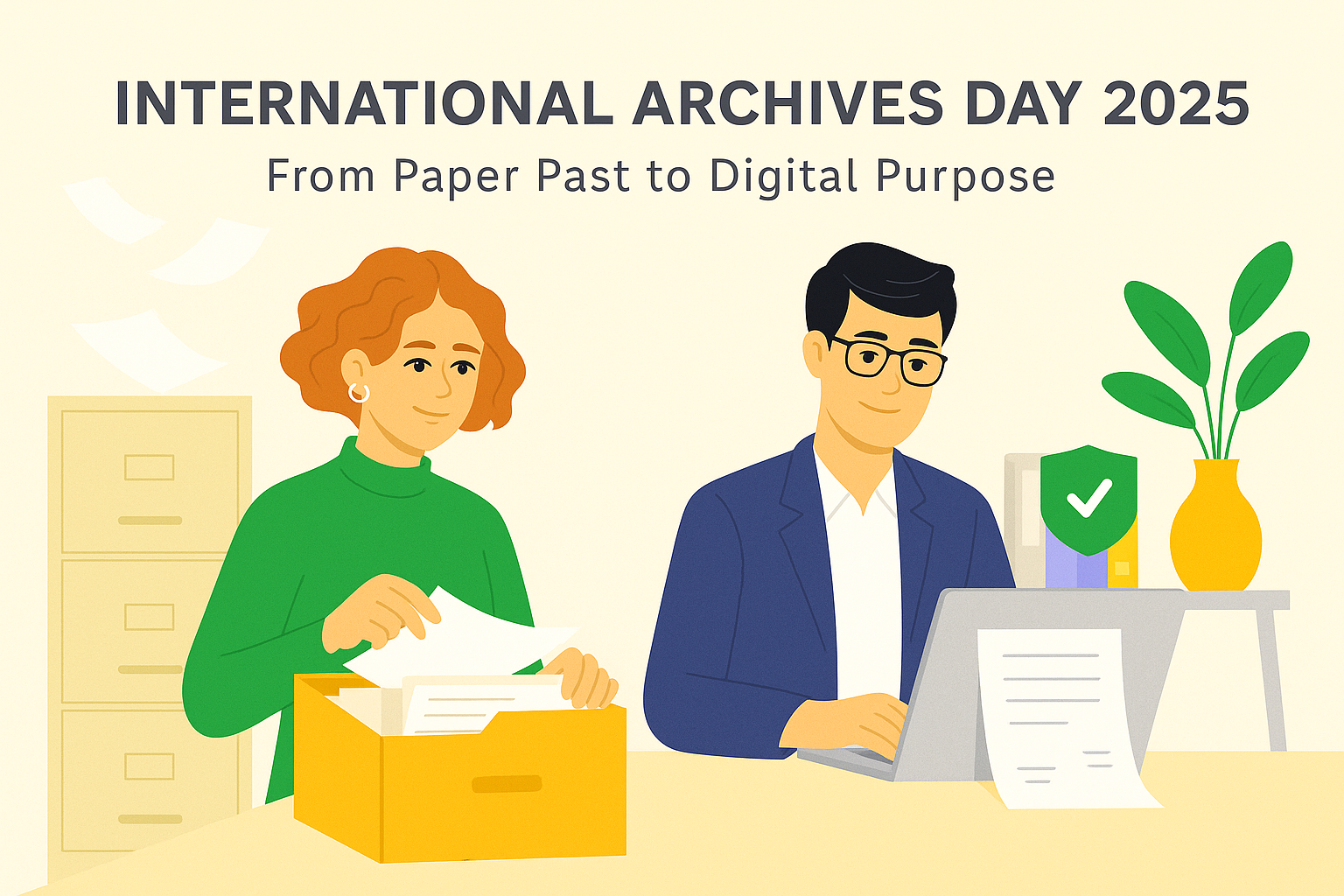In dynamic business environments managing employee records efficiently and compliantly is a critical task. With the advent of digitalization, Document Management Systems (DMS) have emerged as pivotal tools in streamlining this process.
The Role of DMS in Employment Records Management
A Document Management System (DMS) serves as a digital repository and management tool for various types of documents. In the context of HR, it handles employee-related documents, encompassing everything from personal information and medical records to payroll and performance reviews. The implementation of a DMS replaces traditional, cumbersome filing systems with a streamlined, secure, and accessible digital solution.
Types of Records Managed
A robust DMS efficiently manages a wide array of employee records:
-
Personal and medical information, crucial for personal identification and healthcare compliance.
-
Recruitment and employment history documents, including applications, résumés, and onboarding materials.
-
Payroll and benefits documentation, which are essential for financial management and regulatory compliance.
-
Performance and professional development records, vital for career progression and HR planning.
-
Contracts and HR policies, forming the legal backbone of employment terms.
Compliance and Security: The Cornerstones of DMS
Compliance with various federal and state laws, such as the Fair Labor Standards Act (FLSA) and the Family and Medical Leave Act (FMLA), is non-negotiable in employee record management. A DMS aids in this compliance by ensuring that records are maintained accurately and for the required duration. Moreover, the security of sensitive data, governed by data protection laws, is paramount. DMSs offer advanced security features like encryption, password protection, and access control, which are crucial for protecting confidential information and mitigating the risk of data breaches.
Efficiency and Accessibility: Enhancing HR Operations
The transition to a digital DMS from manual record-keeping significantly enhances operational efficiency. It eliminates the time-consuming process of sifting through physical documents, thereby freeing up valuable time for more strategic HR functions. The centralized nature of a DMS allows for easy retrieval and sharing of documents, facilitating better collaboration and decision-making within the HR team.
Setting Up a DMS: Best Practices
The implementation of a DMS requires a strategic approach:
-
Document Categorization: Organize documents into specific categories for easier filing and retrieval.
-
Access Permissions: Define who has access to various types of documents, especially sensitive ones.
-
Retention Periods: Establish legal compliance by setting appropriate document retention periods and destruction policies.
-
Security Measures: Enhance security through encryption, password protection, and regular data backups.
Employee Rights and Policy Development
Understanding and respecting employees' rights in terms of their personal data is essential. Implement processes for employees to access or request changes to their records. Moreover, developing clear, written document management policies ensures consistency and legal compliance across the organization.
Continuous Review and Update
The fluid nature of employee information necessitates regular updates and reviews. Ensure that your DMS has the capability for such updates, perhaps through automated reminders or scheduled reviews.
Choosing the Right DMS: Key Features to Look For
Selecting an effective DMS involves considering several key features:
-
Centralized File Management: A user-friendly interface with centralized file storage.
-
Compliance Assistance: Tools that aid in adhering to legal standards.
-
Secure Document Storage: Advanced security features for data protection.
-
Collaboration Tools: Facilities for sharing and collaborative editing of documents.
-
Electronic Signature Capabilities: Reducing the need for physical document handling.
-
Reporting and Analytics: Tools for monitoring and improving HR processes.
-
Integration: Ability to integrate with other HR and business systems.
Conclusion
In conclusion, the integration of a DMS in employment record management represents a significant leap forward in HR efficiency, compliance, and security. As businesses continue to navigate the complexities of modern workforce management, the role of DMS becomes increasingly indispensable. By carefully selecting and implementing the right DMS, organizations can not only streamline their HR processes but also ensure a robust framework for employee data management, aligned with legal requirements and best practices.




